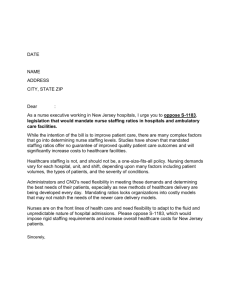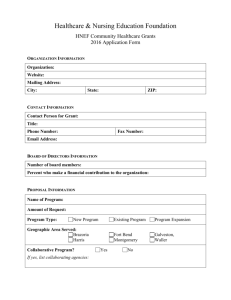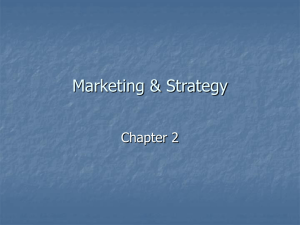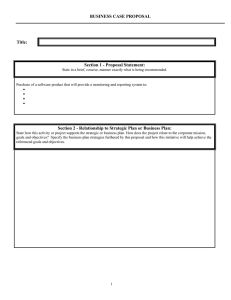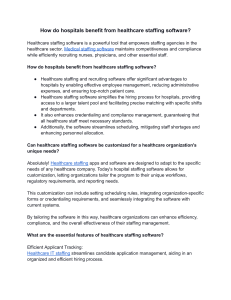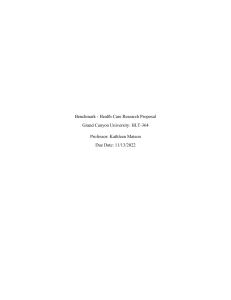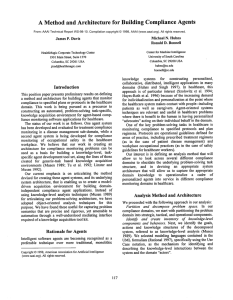Problem Solving ppt
advertisement
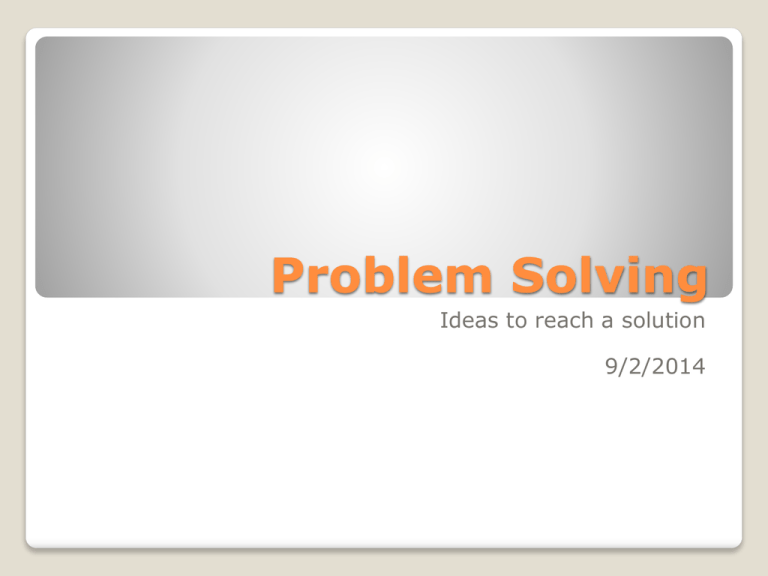
Problem Solving Ideas to reach a solution 9/2/2014 Healthcare teams must rely on an evaluation of the factors involved in a decision, and the risks and consequences of their actions. Objectives Upon completion of this lesson, the student will be able to: Adapt and utilize problem-solving skills to resolve conflicts. Rationale I. Problem solving involves a four step process A. Identify the problem. B. List all alternatives. C. Name the consequences of the alternatives. D. Evaluate and choose the best course of action. Steps II. Step 1 – The true problem must be clearly understood and identified. A. Gather all the facts [assemble all the information]. B. Ask specific questions. C. Stay as objective as possible. Step 1 III. Step 2 – Once the problem is identified, brainstorm possible solutions. Rules for brainstorming: A. Limit the discussion to one issue or problem. B. Set a time limit to encourage creativity and quick thinking. C. No evaluating of any kind is allowed. The goal is quantity, not quality. (yet) D. Encourage members to build on what has been said and modify the ideas. E. Have a recorder write down every idea. Step 2 IV. Step 3 – Identify all the possible consequences that might result from the possible alternatives. These may be good or bad outcomes. Depending on the problem, the group may want to divide and research possible solutions before identifying consequences. Step 3 Step 4 – Label each consequence as a positive (good) or negative (bad) factor. Rank ideas according to those that have the greatest potential for success. Finally, chose a solution to the problem. Step 4 Hospital Staffing A large community hospital is having difficulty staffing and retraining staff. They have asked your Creative Problem Solving team to develop a plan to retain and attract healthcare staff for their hospital. They have also asked that you suggest ideas for retraining current staff members. In your solution, take into account the following considerations 1. (Create/Decide 1st) What is the Hospital budget Healthcare worker statistics 2. List Problems and Solutions. Follow Problem solving path. 3. Plan solutions including: Budgetary constraints * Employer/employee needs Community involvement * Community demographics 4. Present Ideas
